Public Collection
“History of Medicine on the Bulgarian Black Sea Coast"
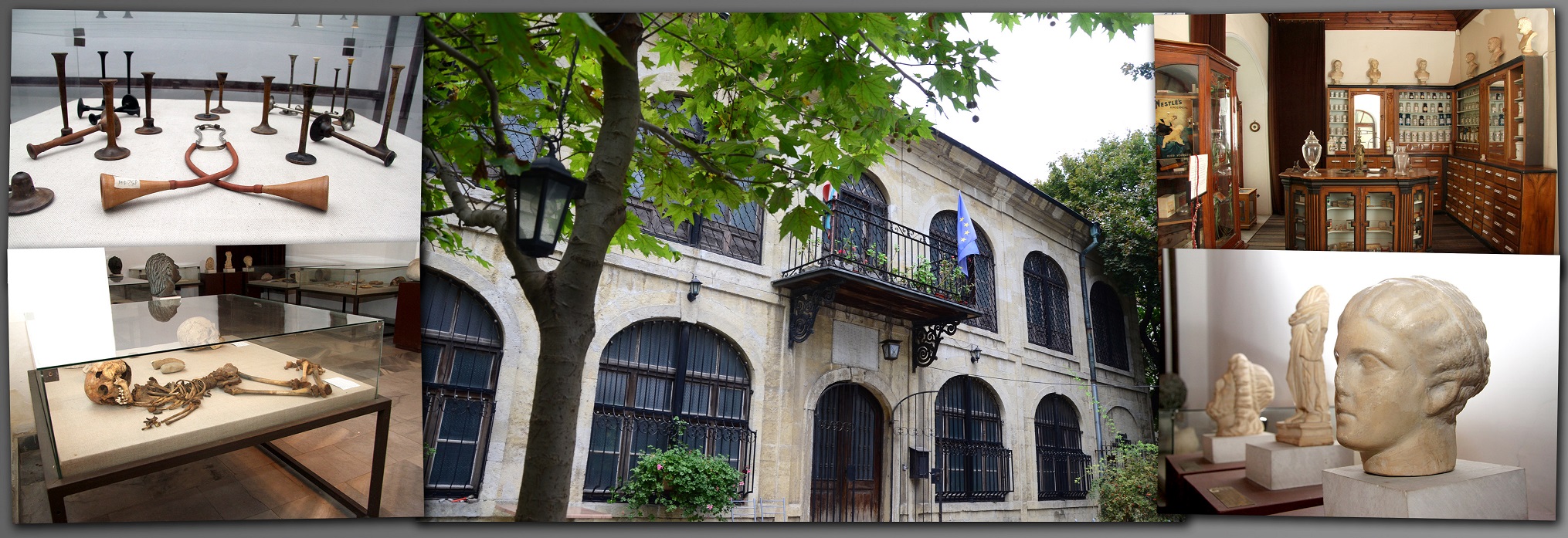
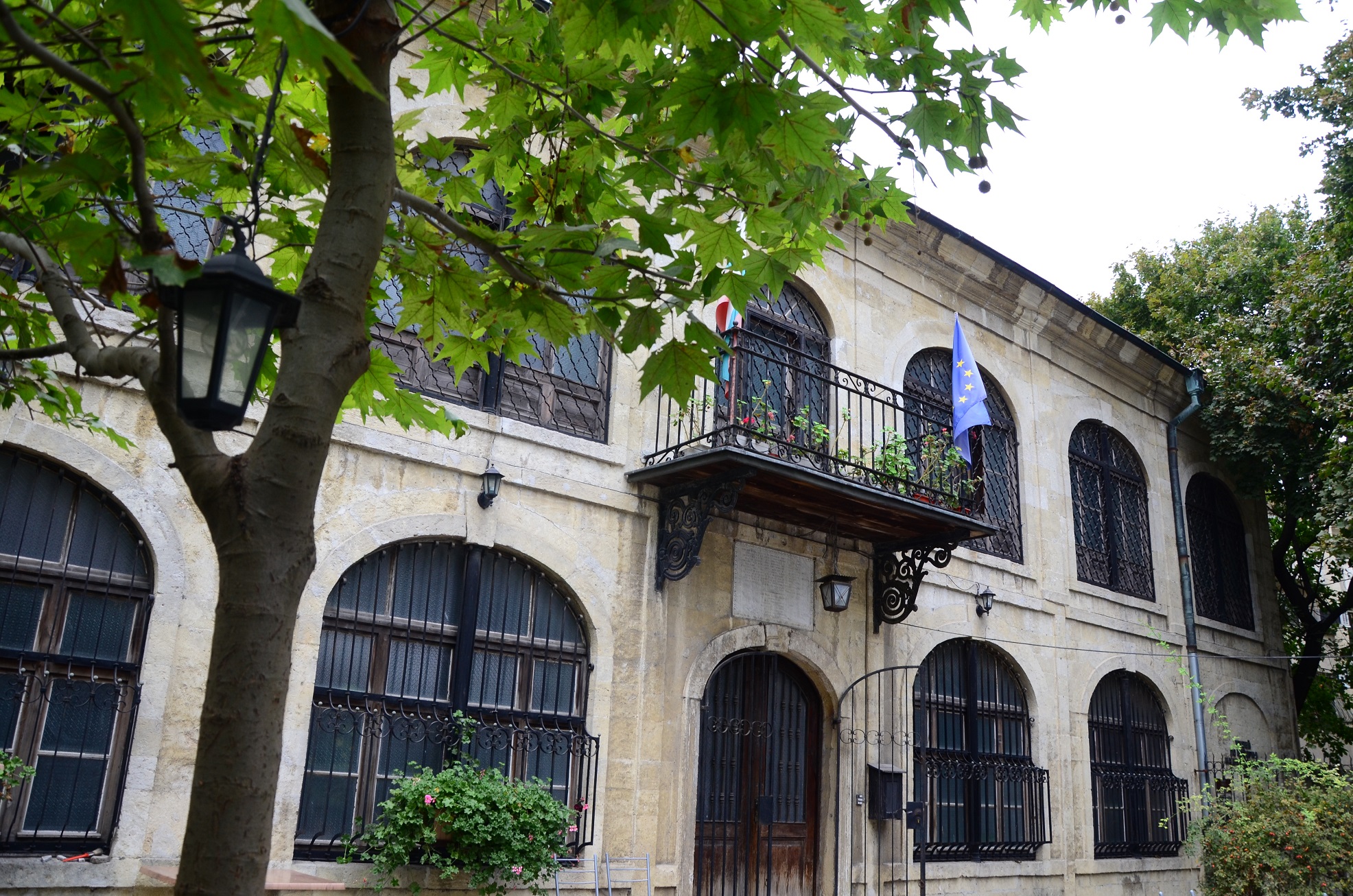
The public collection “History of Medicine on the Bulgarian Black Sea Coast" is housed in the building of the first charity hospital in Bulgaria. The financial means for its construction were generously donated by the Varna citizen Mr. Paraskeva Nikolau.
The hospital received its first patients in 1869. Through the years, the building continuously served the health needs of the population of Varna. A sequence of important dates commemorates its development:
- In 1919 Dr. Yanaki Bogdanov opened the first obstetric-gynaecological outpatient clinic.
- In 1927 the first Municipal Maternity Home (Maychin Dom) in Varna was opened in a building adjoining the hospital. It was housed in this building until 1933.
- In 1924 Bacteriological and Anti-Rabies Station was established in the building.
- In 1966 the Hygienic Epidemiological Institute (HEI) was housed in the same building.
- After moving the then HEI and vacating the building in the 1970s, the idea of creating a Museum of the History of Medicine in the building arose quite naturally among the medical community of Varna.
- In 1978 the idea grew into a decision of the Executive Committee of the Varna Regional Council. The National Institute of Monuments of Culture restored the building and granted it for the needs of the then-established Museum of the History of Medicine. The building was officially declared a cultural monument.
The building that accommodates the Public Collection first opened its doors in 1985. The exhibition, displayed in three exhibition halls, introduces visitors to a variety of facets in the development of medicine - treatment methods, medical instruments and equipment, established practices in our lands from 4000 BC to the 1950s.
Exhibition Hall 1
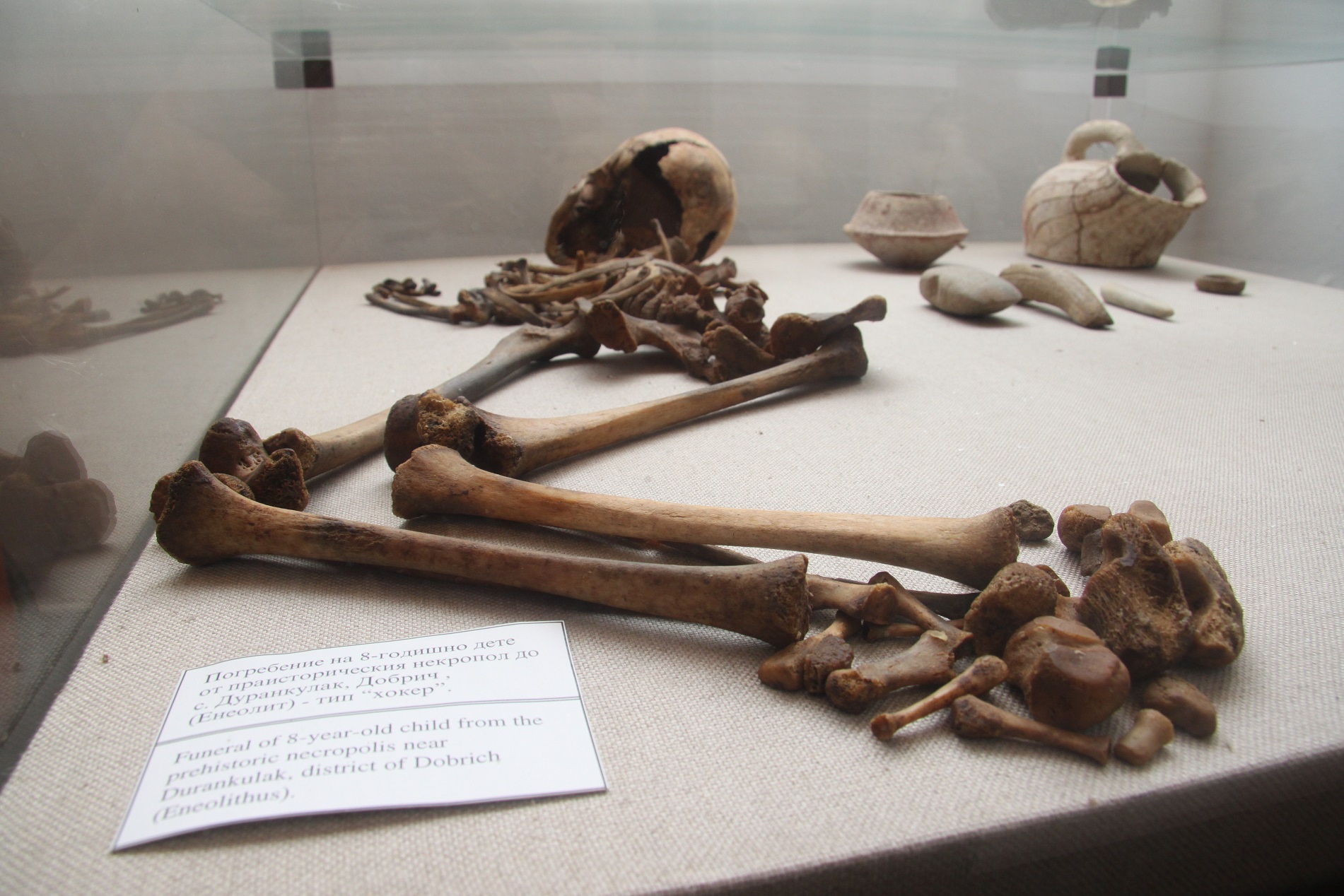

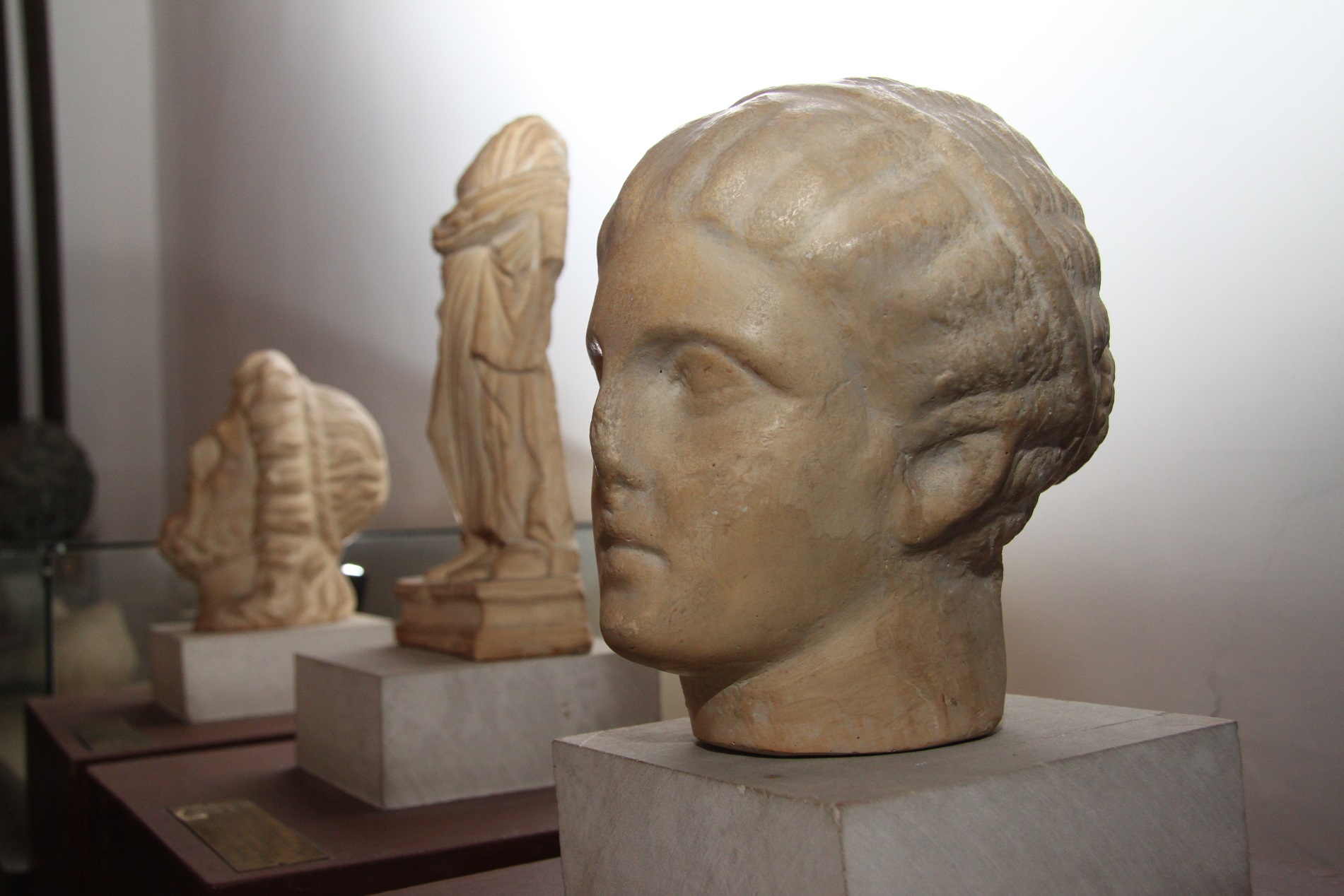
Of major interest is the palaeoanthropological collection in Hall 1, which is considered one of the richest in Bulgaria. Based on the bone remains discovered during the archaeological excavations, it is now possible to assess the health status and the diseases of the people inhabiting these lands during the Antiquity, and the attitude they bore towards life and death.
Types of burials, a skull with undergone trepanation, induced cranial deformities, etc. are displayed.
Among the exhibits provoking great interest are iron and bronze medical instruments dating back to the time of the Thracians, the Greek colonisation, the Roman Empire and the beginning of the Bulgarian state.
Coins bearing the images of healing deities – Aesclepius, Hygeia, Telesphorus, etc., minted and found in our lands, attest to the significance of medicine in that ancient era.
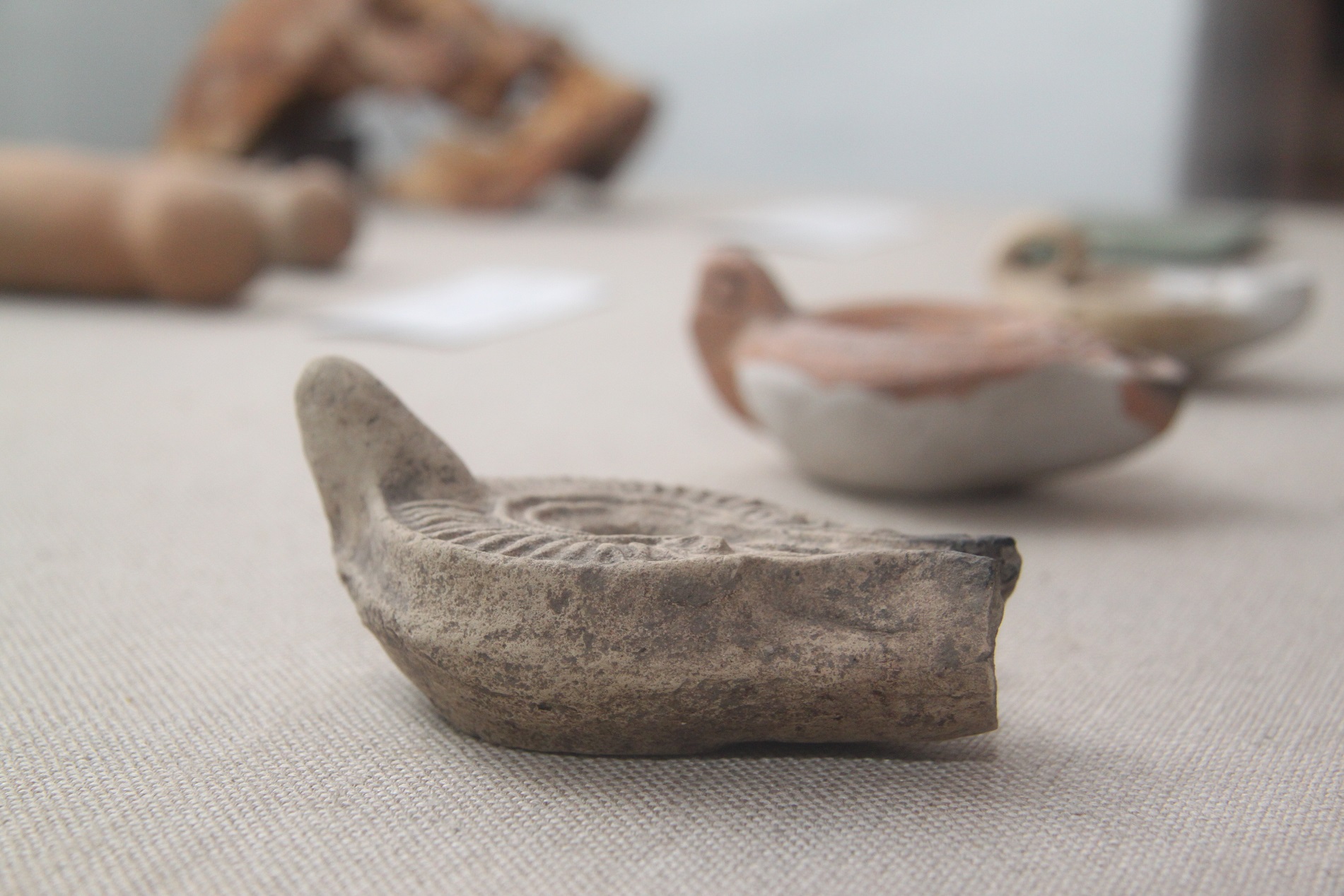

Exhibition Hall 2
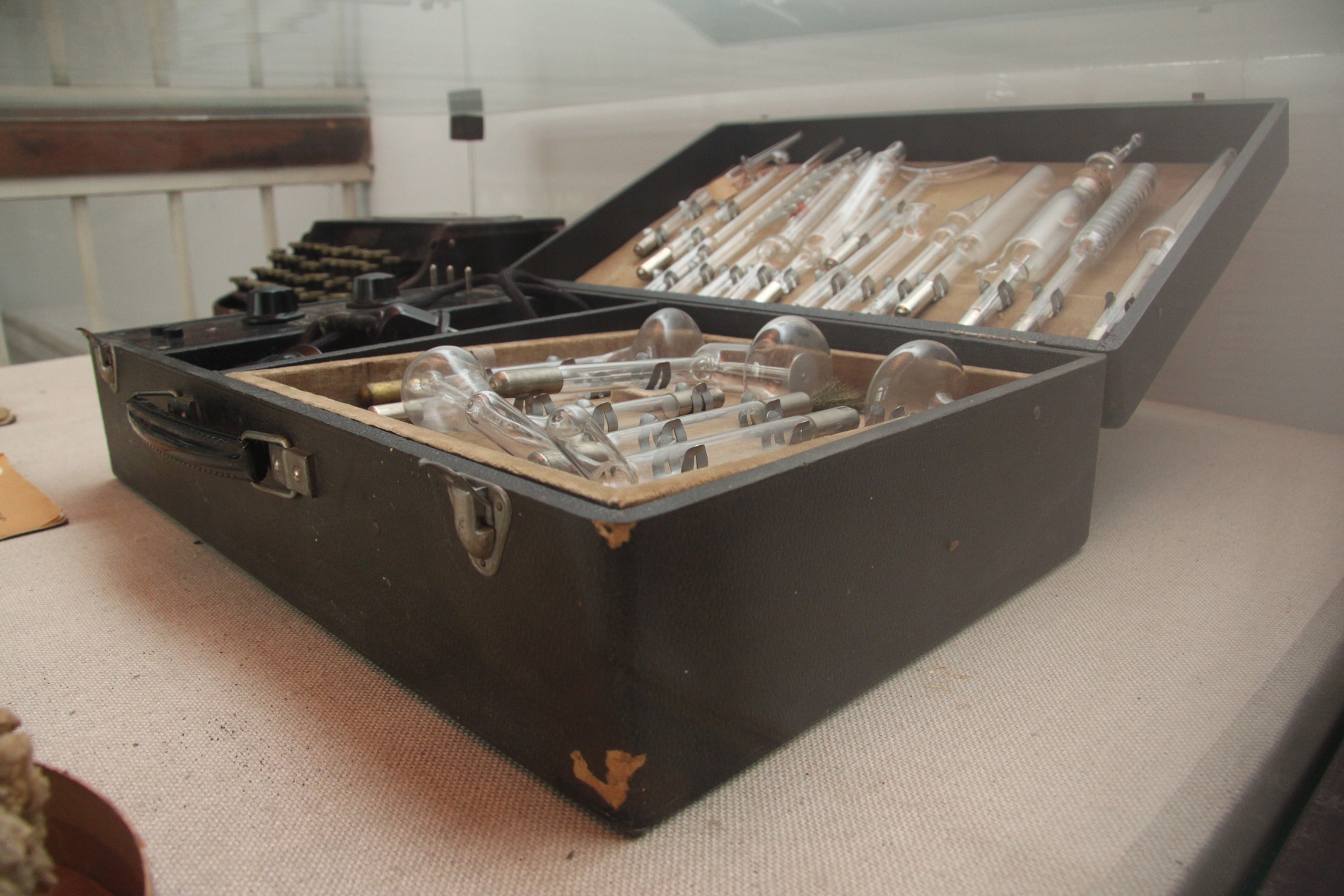
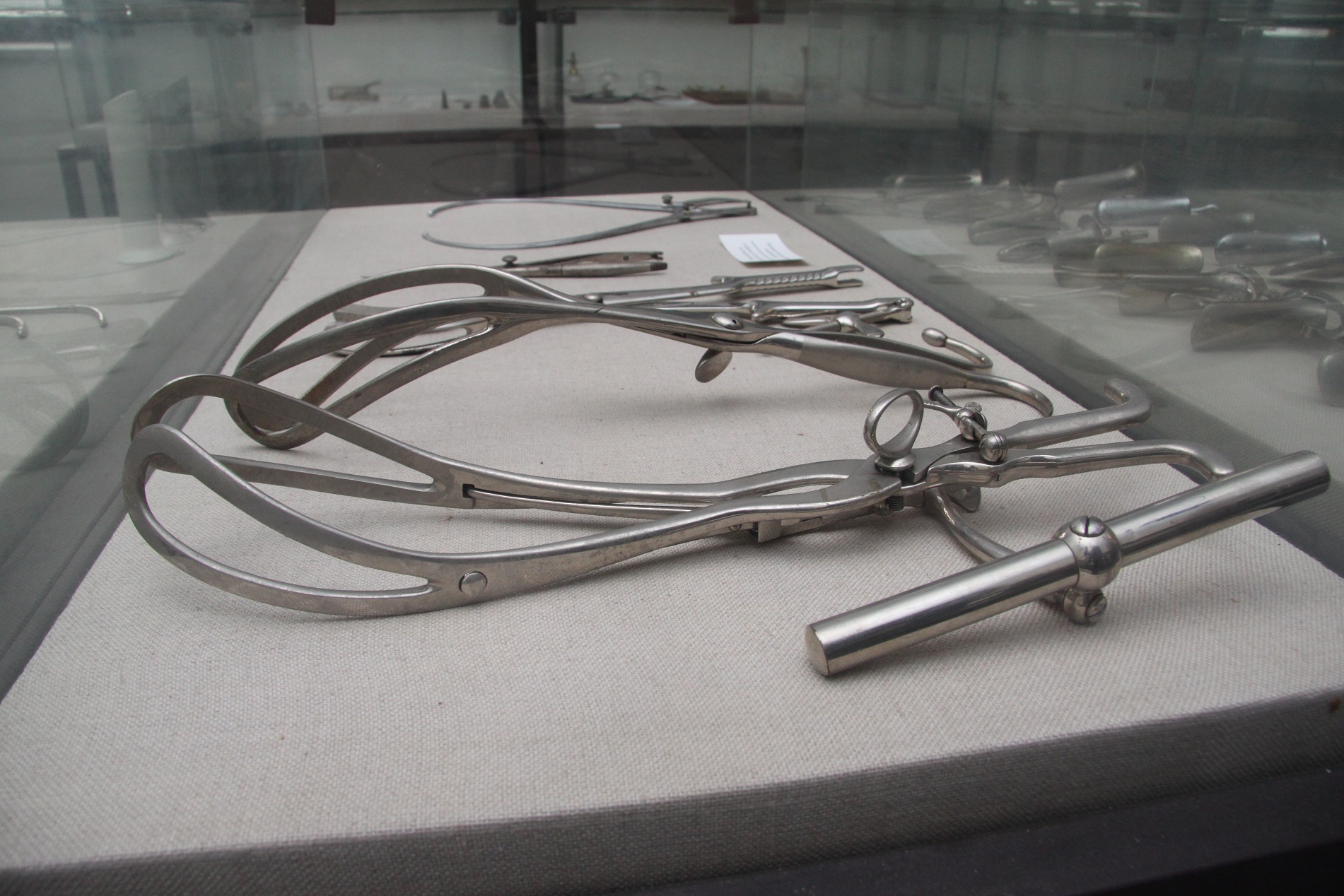

The second exhibition hall displays artefacts from the Post Liberation War period.
The collections of medical equipment and the re-enactment of a doctor's and dentist's offices from the beginning of the 20th century illustrate the advancement of medical science during this period.
The X-ray machine in the exhibition, manufactured in a workshop in the city of Plovdiv, dates back to the 1950s.
Medical instruments and equipment at the turn of the 20th century are also of particular interest.
In a separate room there is an ancient apothecary – with carved wooden stylages, a crystal vizarium, assorted weighing scales, mortars, etc.
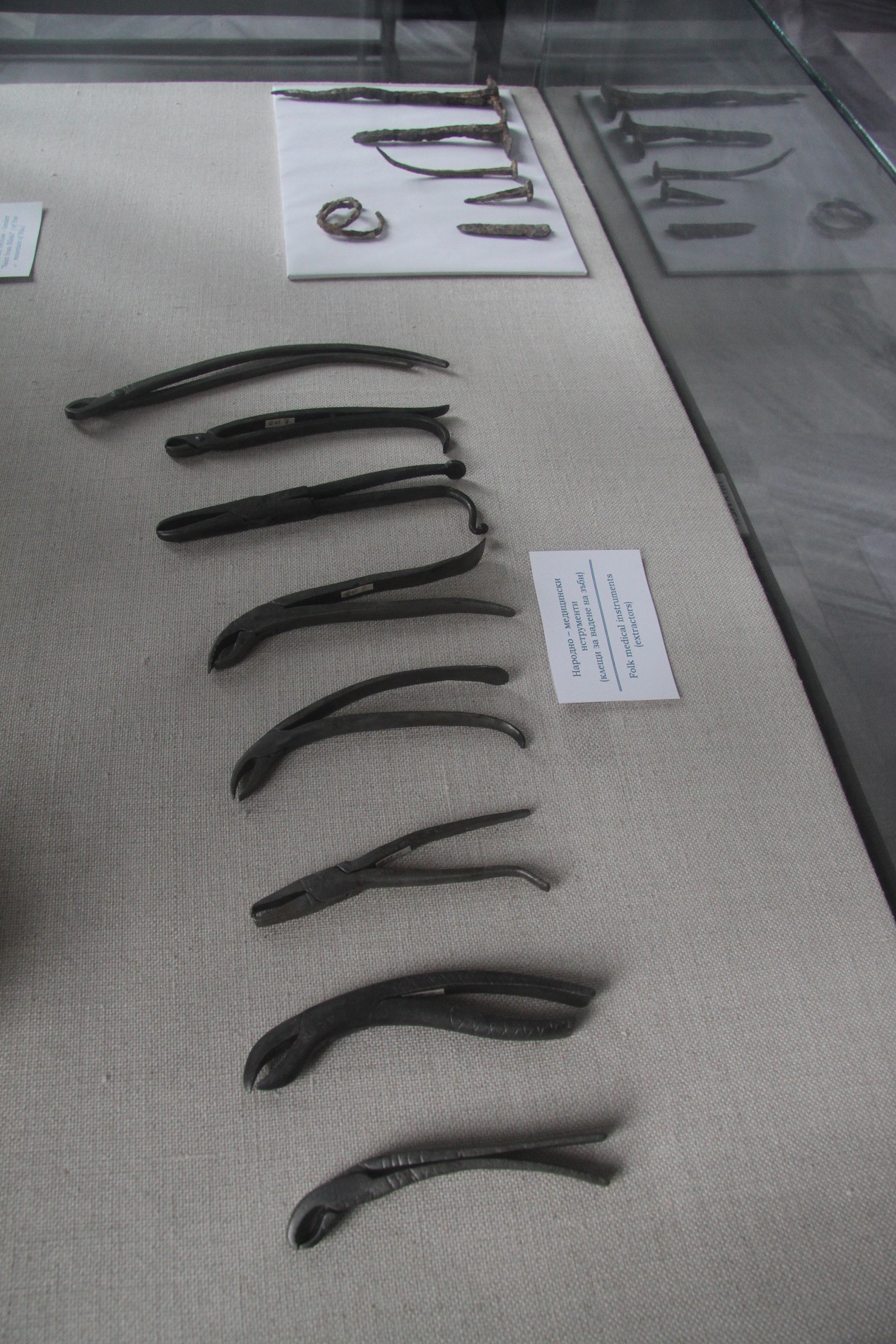 Exhibition Hall 3
Exhibition Hall 3
The third hall embraces the time span of the Ottoman rule and the Bulgarian Revival. There are icons of Saint Healers, called Silver-less.
Objects for basting and divination, blood-letting instruments and handicraft tools for tooth extraction are also displayed in this room. A centrepiece is the 19th-century homoeopathic tool set from the city of Tryavna.


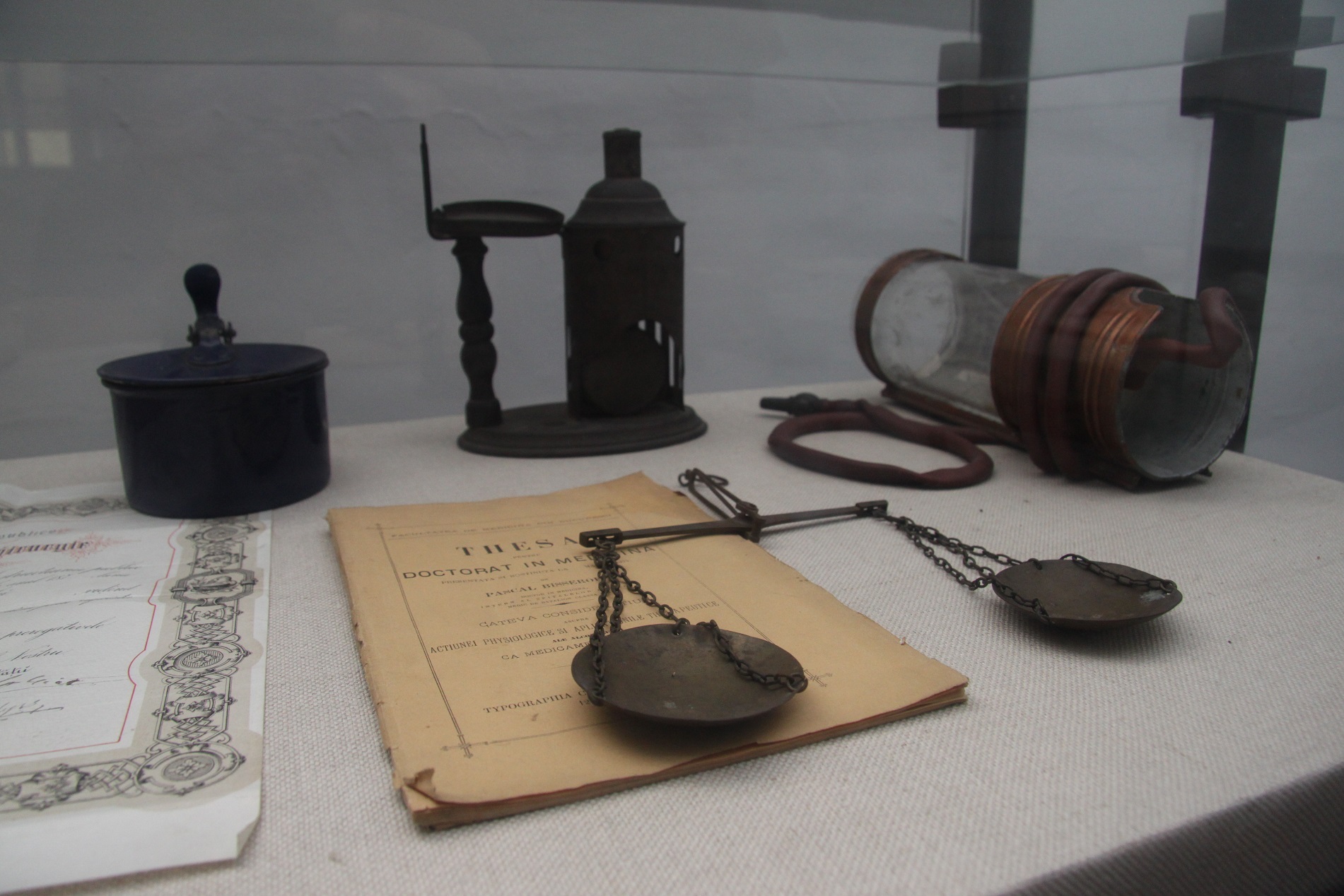


Library:
The abundant collection of specialised old medical literature is a magnet for many scholars from Bulgaria and abroad dealing with the history of medicine.
The oldest book here is dated 1869 – Pharmacopoeia from Austria, used for the purposes of the apothecary at the hospital, which was housed in the building of the present museum. There are more then 5 000 books in different languages – French, English, German and Russian.
A wide selection of historical books is also available. The most valuable ones are: “Collected Laws of the Ottoman Empire" (Hatt-i humayun) – 1871 and “Journals of the First Peoples Constituent Assembly in Tarnovo".
The public collection "History of Medicine on the Bulgarian Black Sea Coast" is exhibited in a “monument of culture" building, which is notable for its architecture and the spirit it evokes. It is situated near the coastal boulevard, in the vicinity of the Naval Museum and Port Varna, thus making its location both accessible and attractive.
Being the first exposition of its kind in the country, boasting a high scientific, historical and cultural value, it has a particularly important contribution to the development of the history of medicine in our lands. The museum acquaints and enriches citizens and visitors through its many rare exhibits and fascinates with its unique identity. Deploying a wide range of events, we are striving to make the Public Collection "History of Medicine on the Bulgarian Black Sea Coast" one of the must-see cultural venues in our Sea Capital.
Contacts
Adress: Varna city
str "Paraskeva Nikolaou" №7
tel: 052/ 639 729
| Working hours
Summer time:
1 may - 31 october
Mon - Fri: 09:00 - 19:00 PM
Sat: 10:00 - 18:30 PM
Sun: Non-working day
Winter time:
1 november - 30 april
Mon - Fri: 09:00 - 17:00 PM
Sat - Sun: Non-working day
|
